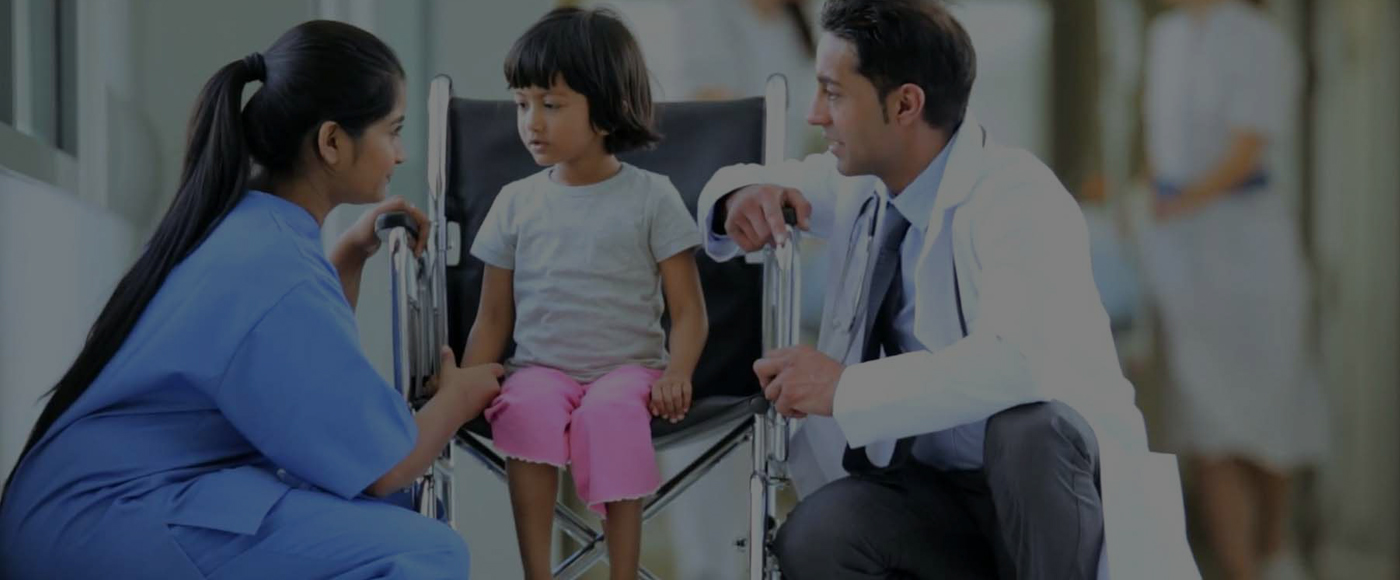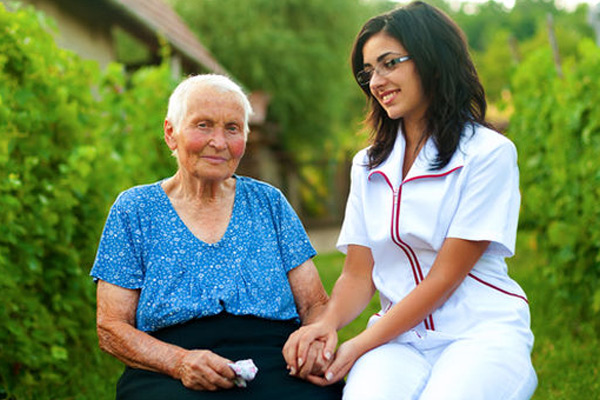Physical Therapy: A Necessity Not an Option

Consider the two scenarios:
15 years old; your son just tore his ACL playing lacrosse. What’s your first idea for plan of action to treat your newly injured child? Immediately seeking medical attention, likely transporting him to a hospital to get treated. Followed by a normal ACL surgery that will take months to recover from through in-depth and constant physical therapy. Overall, sounds like he should recover soundly with a great chance that he can play his junior or senior year and even continue playing in college.
70 years old; your mother just had a mild fall after slipping on some rugs that weren’t securely fastened down in her hallway. What’s your first idea for plan of action to help her recover from her fall? Immediately seeking medical attention, likely having a minor hip fracture proven from a doctor doing an evaluation and X-Ray. Because the fall was caused from an unsecured rug, and not from an underlying medical condition like dehydration or weakening from a serious urinary track infection or osteoporosis, the only real concern would be the fractured hip. The fractured hip, per doctors orders, calls for a hip surgery because the patient is in otherwise good health. Following surgery, while your mother is healing she’ll need someone to come in and help her perform her everyday activities, as well as a physical therapist to help her get out of bed and help her regain her strength.
The point of these scenarios is to show the difference in how one might care for a young person following an injury, compared to how one might care for an elder. Often with teenagers, parents don’t think twice about having them go through physical therapy to help them heal from an injury so they won’t be restricted to what they can do in the future. Because they have a whole lifetime more of experiences, right? Yet, when an elder falls, suffers from any type of incident, undergoes surgery, etc., the children often think their parents only need enough physical therapy until they seem alright and able to walk/perform their everyday activities.
Which leads to the question; why if we are taught throughout life to respect our elders, do we so often not have enough respect to allow them the opportunity to live their best life. Even if the seniors remaining life is less of say and 15 year old boy, the quality of life is just as significant. Physical therapy after surgery is crucial. While, a doctor will recommend two-three months of post hip fracture surgery physical therapy, this is not the case with all procedures on elders. Physical therapy cannot be restricted to time. After the two-three months of physical therapy, your mother may not be able to function independently even though that was the recommended time.
According to learnnottofall.com, who uses Yale studies and National Center of Injury Prevention as trusted sources, “About half (53%) of the older adults who are discharged for fall-related hip fractures will experience another fall with in six months”. More often than not, the injuries sustained from the second fall are not as minor as the first. Here at Everest, we believe physical therapy is essential to reducing the risk of that second fall, reducing hospitalization, and the chance that the elder may have to enter a facility for long or short term care.
Let’s respect our elders as we were raised to. Let’s give them the chance to regain their full independence, and rebuild their strength to their full potential. Let’s not give up on them when they need us the most. Ultimately, let’s offer them physical therapy to make what they imagine their life’s to be again, as a real possibility.





